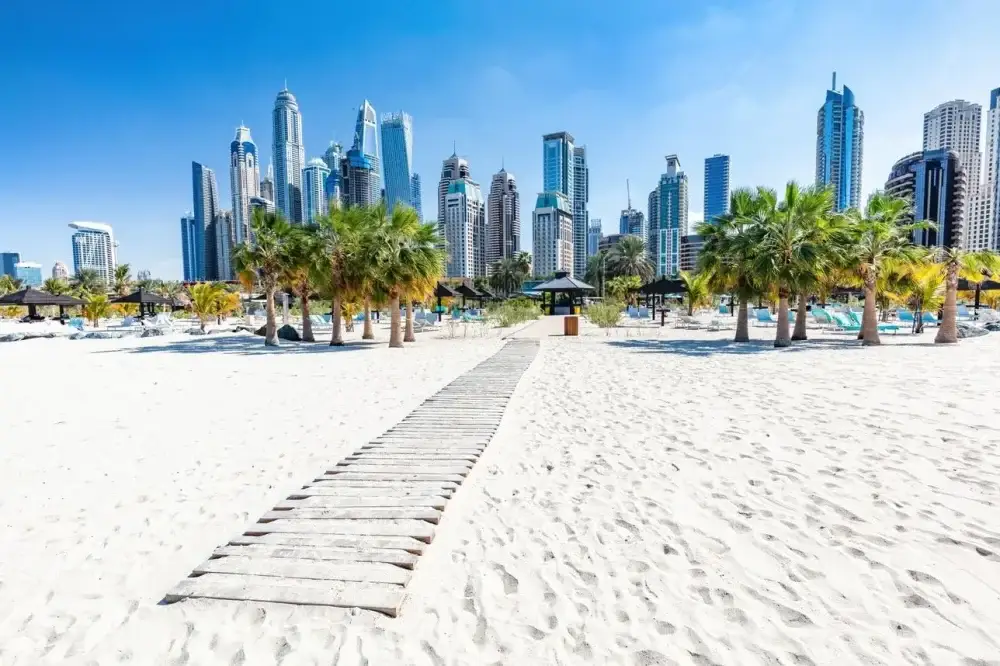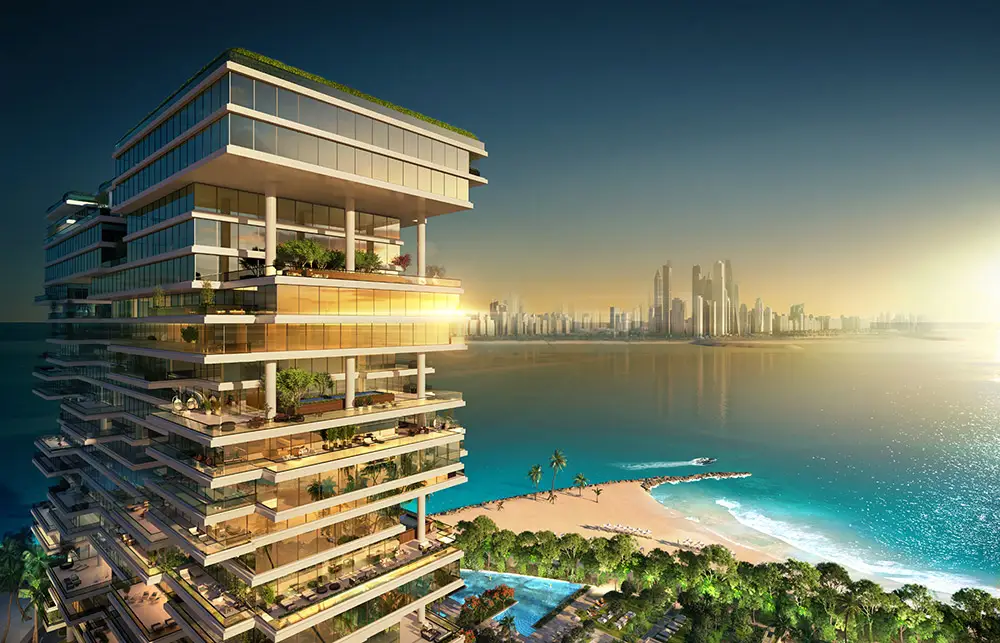Dubai has long been synonymous with prestigious property in the UAE. High skyscrapers, luxurious villas and bustling life attract millions, but many people forget that the United Arab Emirates is not just Dubai. There are many exciting and up-and-coming locations outside of it that have something unique to offer everyone from cultural enthusiasts to those looking for a quiet corner by the sea.

Abu Dhabi: a centre of culture and high technology
Abu Dhabi is the capital of the UAE and is rightly considered the cultural centre of the country. The city offers premium class housing with a convenient location and developed infrastructure. High-tech districts such as Masdar City are actively developing here, with a focus on environmental innovation. Buying a home in the UAE here allows you to get access to quality education and medicine, as well as convenient transport links. It is a choice for those who appreciate a high standard of living and are ready to invest in property that will provide comfort and prestige.
Property prices in Abu Dhabi in 2024
The cost varies depending on the type of housing and its location. In 2024, flat prices start from AED 800,000 for a one-bedroom in the Reem Island neighbourhood, while villas in prestigious areas such as Saadiyat Island can cost up to AED 10 million. Property prices in the UAE in Abu Dhabi are more stable compared to Dubai, which makes this city an excellent choice for those who are planning long-term investments.
Property in UAE by the sea
Abu Dhabi offers many sea view property options that are as good as Dubai. Saadiyat Island and Al Raha Beach are considered the most popular areas, with access to private beaches, elite schools and shopping centres making them ideal for families. It has a more relaxed pace of life and lower population density, which also attracts buyers.
Popular neighbourhoods:
- Saadiyat Island: ideal for those who want to live close to cultural attractions such as the Louvre Abu Dhabi.
- Yas Island: a great place for outdoor enthusiasts, with water parks and attractions nearby.
- Al Raha Beach: a neighbourhood combining luxury flats and convenient infrastructure.
Sharjah: the best choice for families
 Sharjah is a family centre that attracts with its more affordable cost of living and well-developed infrastructure for families. Flats in the UAE in Sharjah are available at prices that start from AED 500,000 for a two-bedroom. Homes here are in high demand due to the wide green spaces and the presence of world-class schools, making Sharjah an ideal choice for families who value comfort and security.
Sharjah is a family centre that attracts with its more affordable cost of living and well-developed infrastructure for families. Flats in the UAE in Sharjah are available at prices that start from AED 500,000 for a two-bedroom. Homes here are in high demand due to the wide green spaces and the presence of world-class schools, making Sharjah an ideal choice for families who value comfort and security.
Best places to buy property in the UAE in Sharjah
The city offers neighbourhoods such as Al Khan and Al Majaz. They are characterised by their proximity to schools, parks and public spaces. Al Majaz, for example, is close to the picturesque seafront, making it popular with families with children. Sharjah’s neighbourhoods are also renowned for their more relaxed environment and traditional cultural atmosphere, unlike neighbouring Dubai.
Investments: prospects and benefits
UAE property for investment in Sharjah attracts many due to its low taxes and stable rental income. The rent here is below market value, but a steady stream of tenants, mostly families, provides a steady income. UAE property for rent in the city is predominantly large flats and houses, which appeal to potential clients looking for spacious accommodation at an adequate price.
Ras Al Khaimah: resort paradise and bargain prices
Buying property in the UAE in Ras Al Khaimah is a great solution for those looking for peace and privacy. The cost here is much lower than in Dubai and Abu Dhabi. A one-bedroom flat can be purchased for 400-500 thousand dirhams, which makes the city an affordable option for investors with a limited budget. This emirate offers incredible views of the mountains and the sea, which is attractive to those who appreciate nature and tranquillity.
Villas and apartments in the UAE: which to choose?
The choice depends on budget and preference. In Ras Al Khaimah, apartments are ideal for those looking for affordable accommodation with minimal maintenance costs. Villas, on the other hand, offer more comfort and space, and often include private pools and gardens. The Al Hamra Village and Mina Al Arab neighbourhoods offer different types of space for different types of buyers, and both are renowned for their beaches and resort atmosphere.
Resort Lifestyle in Ras Al Khaimah
The emirate is ideal for those who dream of resort life all year round. It offers many resorts and beach areas that make it attractive to investors. Property in the UAE in 2024 in Ras Al Khaimah will be especially profitable for those who plan to rent out accommodation to tourists. Al Marjan Island is one of the most popular areas for those looking for metres by the sea, with excellent access to infrastructure and entertainment.
Benefits of living in Ras Al Khaimah:
- Calm atmosphere and proximity to nature.
- Affordable prices for living space.
- Resort lifestyle with constant access to beaches and entertainment.

Conclusion
 Buying property in the UAE is a good decision for those who like more than just Dubai. Abu Dhabi, Sharjah and Ras Al Khaimah offer excellent facilities and opportunities for every type of buyer. Whether it’s the cultural and high-tech development of Abu Dhabi, the family cosiness of Sharjah or the resort relaxation of Ras Al Khaimah, each emirate offers its own advantages. Investing in property in the UAE can be a great choice for those who value quality of life and are looking for new prospects for growth.
Buying property in the UAE is a good decision for those who like more than just Dubai. Abu Dhabi, Sharjah and Ras Al Khaimah offer excellent facilities and opportunities for every type of buyer. Whether it’s the cultural and high-tech development of Abu Dhabi, the family cosiness of Sharjah or the resort relaxation of Ras Al Khaimah, each emirate offers its own advantages. Investing in property in the UAE can be a great choice for those who value quality of life and are looking for new prospects for growth.
 en
en  de
de  ar
ar  es
es  hi
hi  fr
fr  nl
nl  it
it  pt
pt  el
el 









